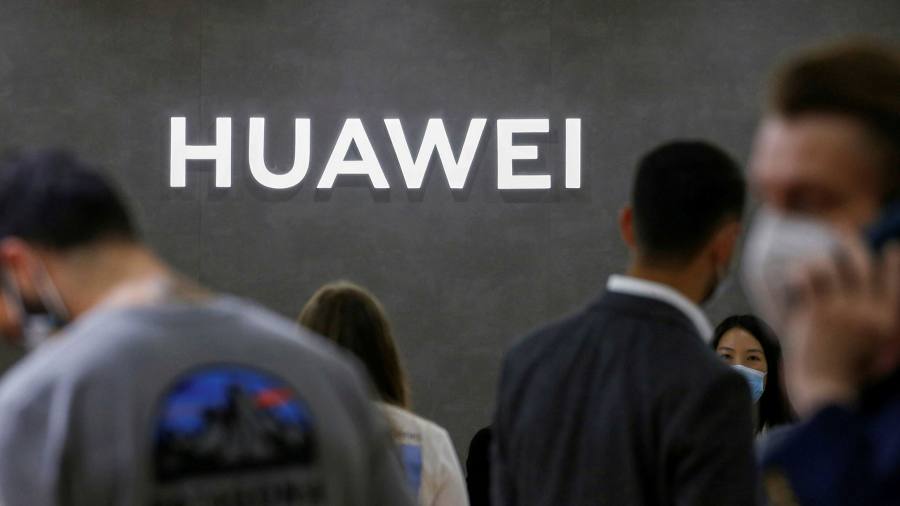[ad_1]
Mike Bai, Huawei’s president of strategy marketing for western Europe, joined Twitter last March, with an anodyne call to “bring digital to every person†to create a “fully connected intelligent world.â€
Since then, Mr Bai has not posted a tweet on anything remarkable; mainly a combination of Huawei press releases, links to articles praising the company and criticisms of the US government for its campaign against the Chinese telecoms equipment company.
But Mr Bai has attracted nearly 900,000 followers to his account. In one week in mid-April, he gained more than 160,000 followers in a week, according to Social Blade, a social media analytics company. He now has 18 times the audience of Huawei’s official EU account, which is seven years old.
Mr Bai is not the only Huawei employee with outsized followings on the social media platform. At least six other Huawei employees in Europe created accounts in early 2020 and went on to enjoy apparently huge popularity, gaining thousands or tens of thousands of followers within weeks.
Wells Li, president of human resources for Huawei in Western Europe, joined Twitter in February 2020 and quickly gained his 831,000 followers.
All of the accounts, which often post the same content and almost always retweet each other, also saw a drop of thousands of followers on Wednesday, after the Financial Times asked both Twitter and Huawei about the phenomenon.
Experts said it was unclear why the accounts were so popular, and there was no suggestion that Huawei or any of the employees had done anything wrong.
But Twitter said on Thursday that it had taken action on “thousands of accounts in this instance†that were following the Huawei employees. “Attempts to inauthentically increase followers are not permitted under the Twitter rules,†it said, but added that it was unable at this point to work out who was responsible for creating such large followings and what their motivation was.
Marcel Schliebs, a researcher at the Oxford Internet Institute, said it seemed “suspicious†for “little-known executives of a Chinese firm†to amass such followings so quickly.
He suggested that a third party might have engineered a social media campaign, or perhaps that Huawei had paid to have its employees feature on Twitter’s recommendation lists, and that this had attracted bots, or programs that automatically follow accounts.
The activity on Twitter came at a time when Huawei was attempting to boost its standing in Europe, where its 5G business has been labelled a national security threat by the US. Many of the accounts shared links to Huawei’s website promoting its work in the region and calling for the 5G debate not to be politicised.
Daily newsletter

#techFT brings you news, comment and analysis on the big companies, technologies and issues shaping this fastest moving of sectors from specialists based around the world. Click here to get #techFT in your inbox.
The FT also found a handful of what appeared to be fake accounts dedicated to reposting Huawei content. One such account, for example, only had four followers including Huawei’s verified German account. Several bot accounts were suspended by Twitter after the FT flagged them.
The New York Times reported on Friday that a number of Twitter accounts with GAN-generated faces were also linked to a pro-Huawei influence campaign.
Huawei said: “Some social media and online activity has been brought to our attention and it’s suggested we may have fallen short of these policies and of our wider Huawei values of openness, honesty and transparency.â€
It said the company had begun an investigation to determine if there was “any inappropriate behaviour with regards to social mediaâ€, adding that Huawei had contacted Twitter for help.
Mr Bai and Mr Li did not respond to requests for comment.
Additional reporting by Nic Fildes in London
[ad_2]
Source link






